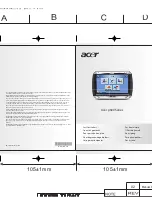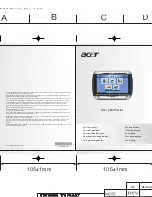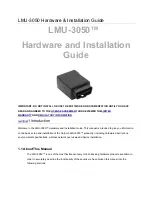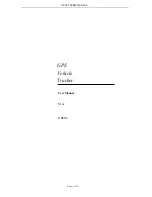
•
Compression
: An optional compression format used for the log file, resulting in a smaller
file size. Supported compression methods are:
gzip
(.gz, GNU Zipped Archive),
bzip
(.bz2,
BZIP2 Compressed Archive) and
zlib
(.Z, UNIX Compressed Archive).
•
Unique Filename
: Selects the way of handling existing log files with the same name:
– Overwrite
: The existing file is overwritten.
– Append to File
: The data is added to the existing file.
– Auto-Number
: Files are numbered in sequence with the following naming convention:
<filename>[_№].ext
, where
ext
is the file extension and
№
is the sequence number;
this number is automatically increased every time a log file with the same name is
created.
– Date in Filename
: The current date and time are added to the filename; the timestamp
is formatted as described in ISO 8601 (i.e.
[YYYYMMDDThhmmss_]<filename>.ext
).
•
Stop Logging After
: This option can be enabled to automatically stop logging to file. The
duration can be entered as
hh:mm:ss
. When active, a countdown is shown in the toolbar.
•
Start Flash Logging
: Starts (and stops) logging to flash when a log file is created. This option
is enabled by default when
Fill-in Lost Samples
is enabled.
•
Fill-in Lost Samples
: Fills-in lost samples when logging to file is finished (see Section 4.5).
•
Export
: Exports the log file when logging to file (including filling in lost samples) is finished.
The button opens the Section 4.6 window.
If a device is connected, the
Record
button can be used to save the settings and start creating a
log file. If the device is disconnected, the
Save
button can be used to save the current settings.
The
Stop
button can be used to stop logging. During logging, the
Pause
and
Resume
buttons
can be used to pause, respectively resume, logging to file. These buttons behave similarly to
the buttons in the toolbar (i.e.
Record / Stop
and
Pause / Resume
), described in Section 4.1.1.
Page 19 of 60














































